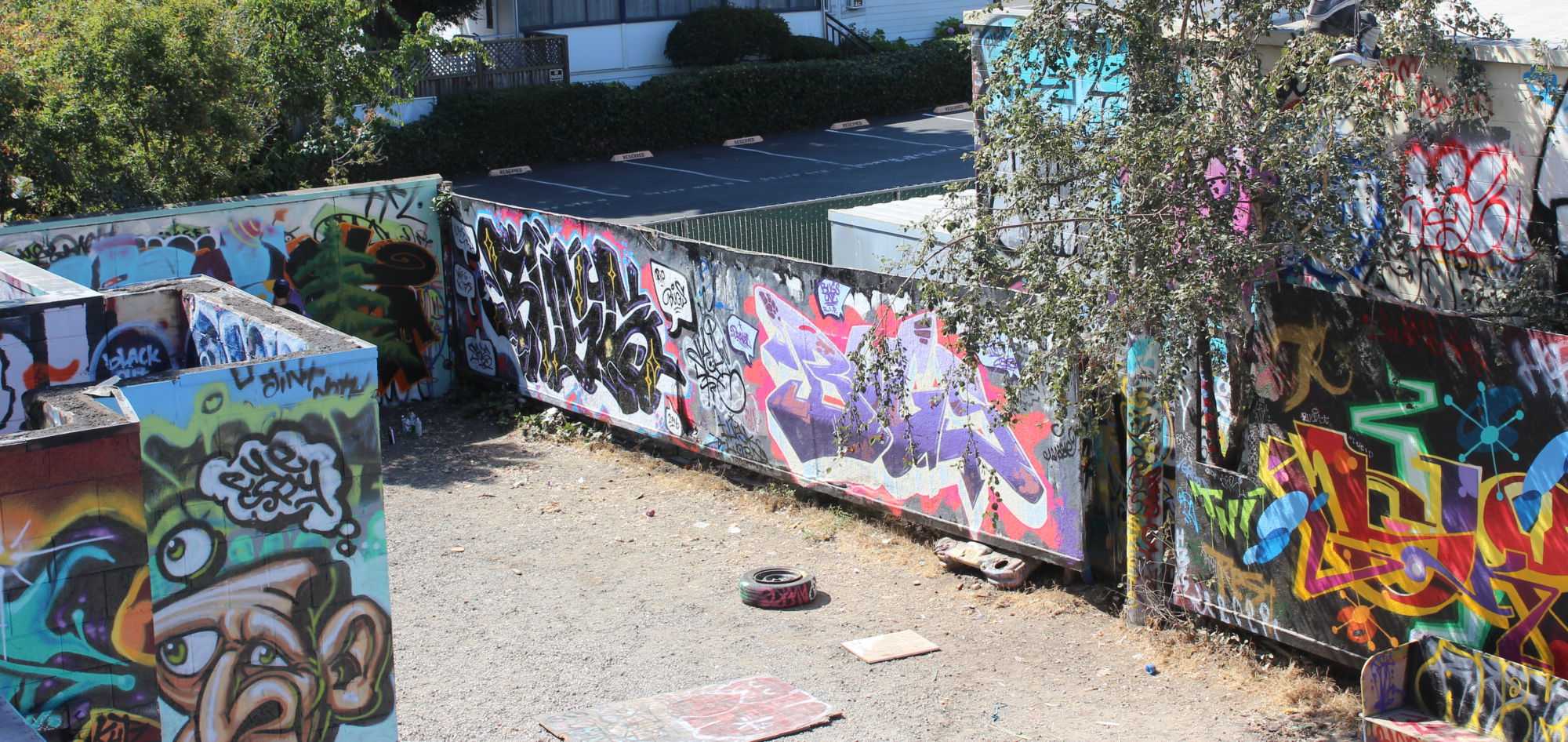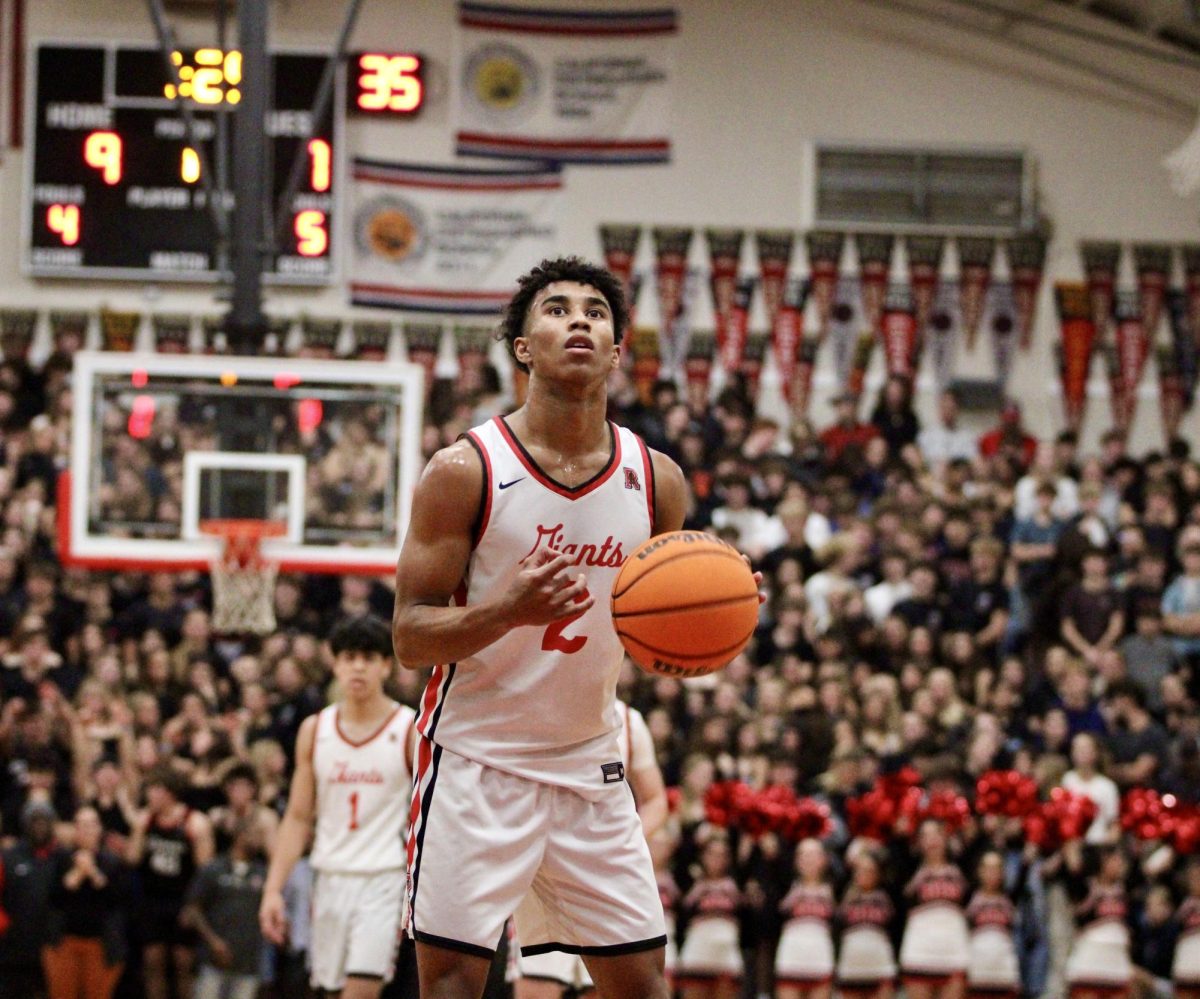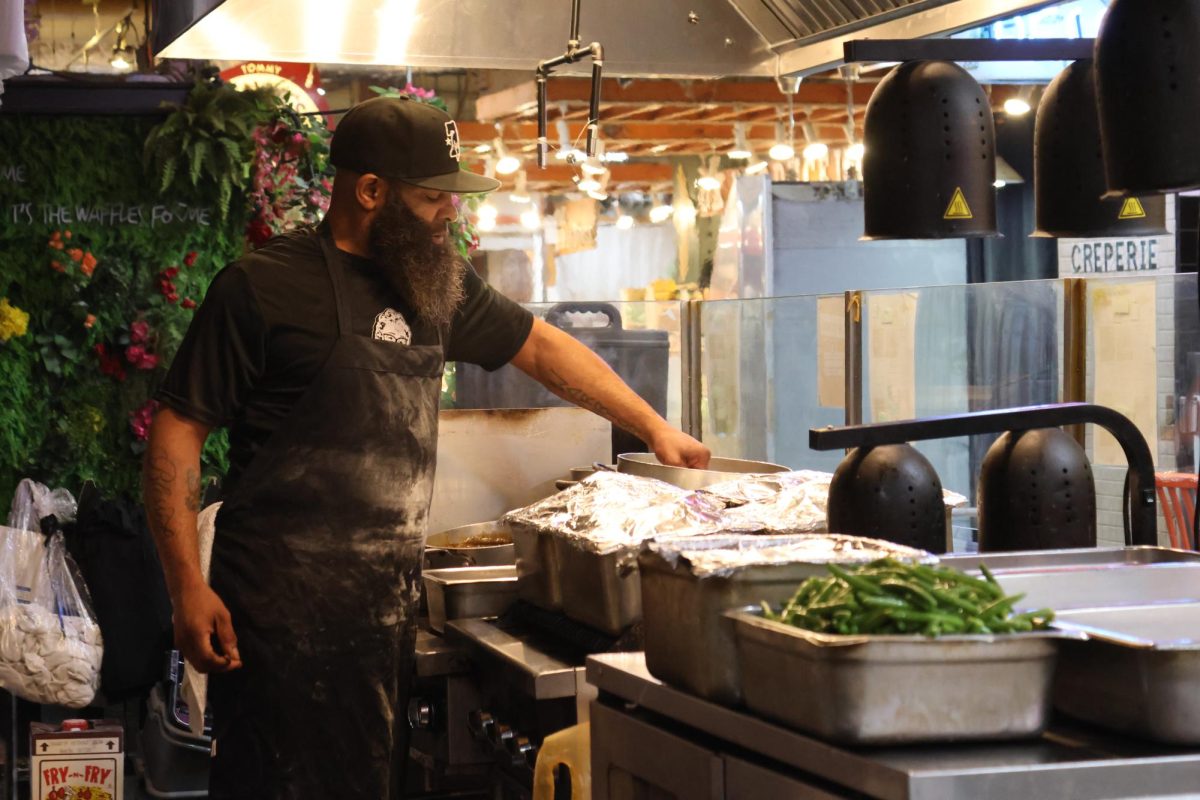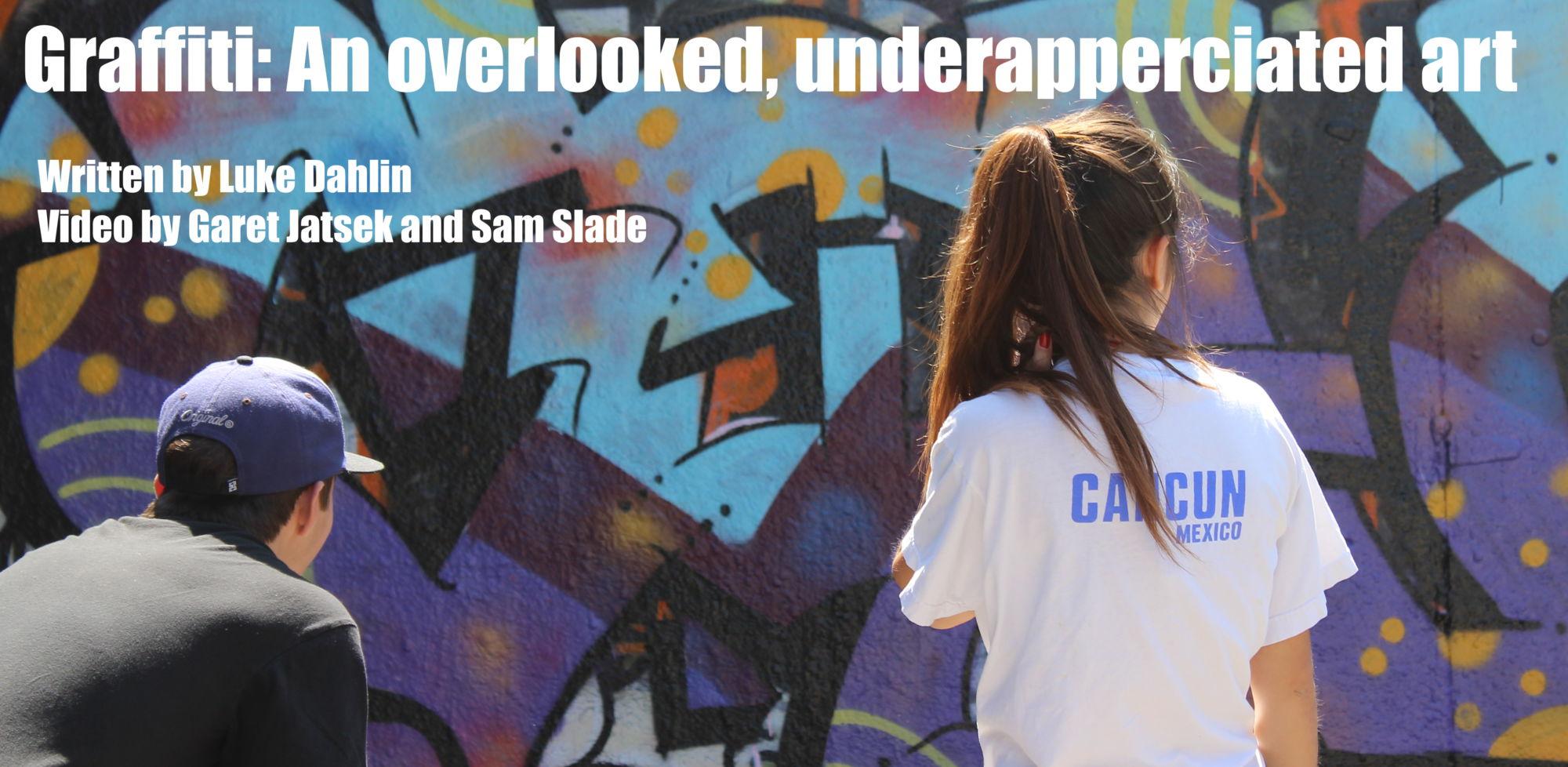
Graffiti is an art.
That is a phrase rarely said in our community, or in any community, for that matter. But for several Redwood students, it is a phrase that rings true every day.
Think about the word ‘graffiti.’ What comes to mind?
Now think ‘street art.’ The negative connotation associated with graffiti, as opposed to street art, is that all it requires is a spray can and a bit of impulse. In reality they’re just two words with the same meaning, according to senior Lucas Addleman, a graffiti artist.
“Both street art and graffiti incorporate what is around you and where you live into the art that you make,” Addleman said.
The stereotype that graffiti’s purpose is to be unappealing and mindless vandalism is common.
“Typically, it is mostly younger people who do graffiti because they do have less regard for the property that they are defacing,” said Central Marin Police Deputy Scott McKenna. “Generally when you get older you have more respect for [property] because you grow to respect that everything costs money, and the value of a dollar is more important because you’re working.”
Both Addleman and junior Eileen Bettinger, another graffiti artist, recognize the community’s perceptions. However, they claim that many of these are in fact very large misconceptions.
“[Graffiti] isn’t about defacing as much property as possible,” Addleman said. “It’s more of people just trying to get their art out and known, and they just don’t know any other way to do it.”
Bettinger also noted that the purpose of graffiti is typically not to ruin property or make locations look unappealing, saying that the most important aspect of graffiti is that it looks beautiful.
A message from both Addleman and Bettinger was that the most important aspect of graffiti is developing a style and individualistic creativity opposed to scribbling with a spraycan under an overpass. They both said that their commitment to defining and refining their individual style is more rewarding than spreading their names in the street.
“I’ve been starting to channel more street art and graffiti art, where you don’t have to go and do it illegally, but just practice the style in legal places and actually get something out of it, ” Addleman said. “A big reason why I got into graffiti was because it gave me a pathway to finding myself.”
Bettinger believes most students at Redwood or in the local community don’t seem to notice the vibrant and prevalent street art community.
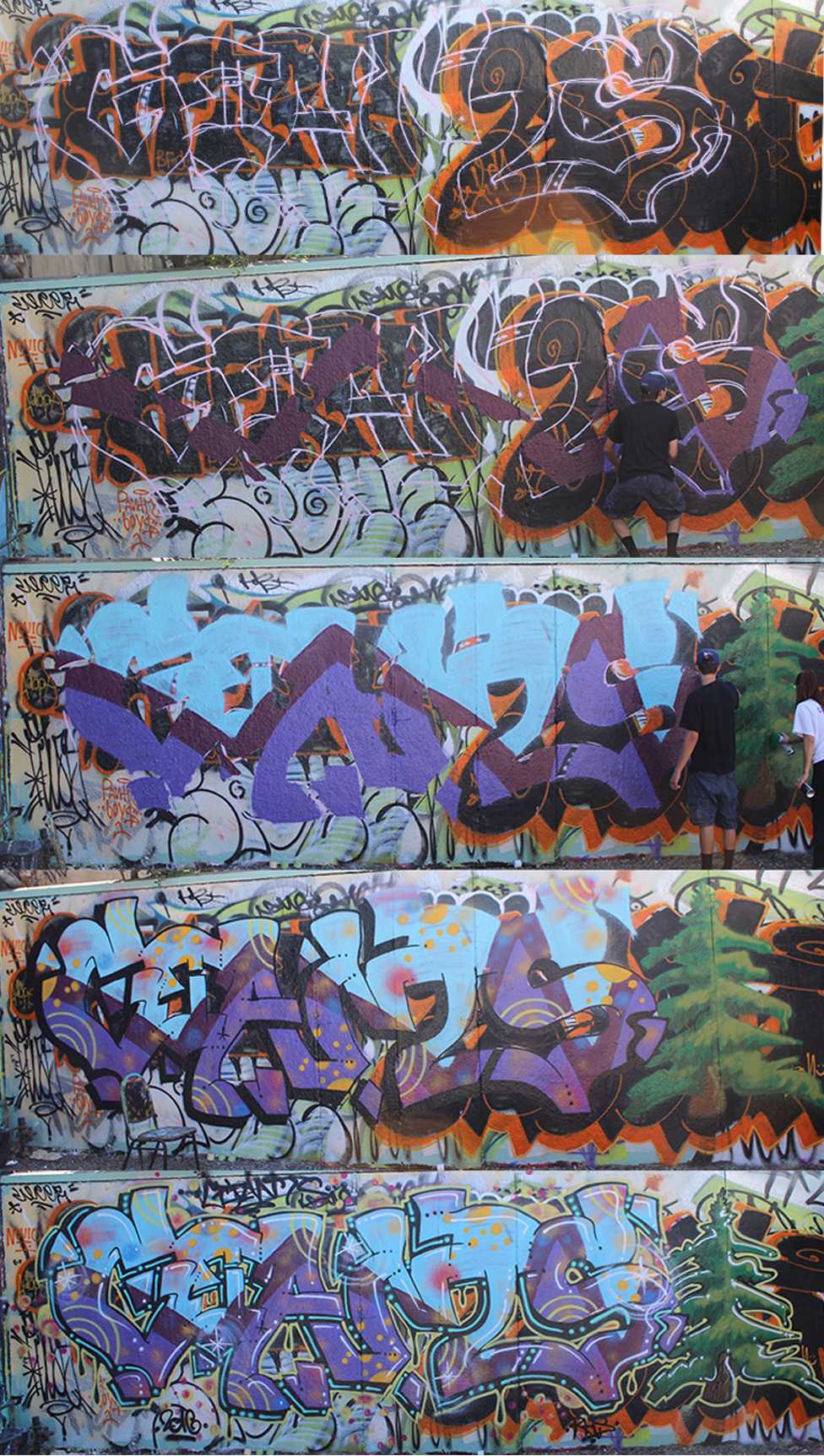
“Graffiti is a whole culture that a lot of people don’t know about,” Bettinger said. “A lot of people that graffiti can tell when you have just started and I’m really thankful for those [artists] that provide support and even offer to help and kind of give you guidance.”
Addleman thinks the recognizability of other street artists helps to strengthen the existing community.
“I think the graffiti community really looks out for each other because it kind of takes a graffiti artist to know a graffiti artist,” Addleman said, “Walking around seeing the tags of people I know gives me the sense that I’m never alone.”
Addleman and Bettinger said that in both Marin and neighboring counties, graffiti is often associated with street gangs. In reality, according to Addleman, this isn’t the case.
“A giant misconception is that graffiti is solely based off of gangs. I’m not going to say that gangs don’t graffiti, because you can see in it even in San Rafael. But you can definitely distinguish a gang [member] from a graffiti artist,” Addleman said.
According to Deputy McKenna, the use of graffiti in gangs is not for the purpose of creating artwork, but rather for establishing territory. Addleman believes that this type of graffiti gives the genre as a whole a bad rep.
“A lot of [graffiti] has nothing to do with gangs,” Bettinger said. “A lot of [graffiti] is just people who are interested in art and getting their art up in new ways for everyone to see.”
The differences between typical graffiti and gang graffiti are quite distinguishable because gang graffiti is “chicken scratch” and street art is much more individualistic and elegant, according to Addleman.
This elegance both with and without a spray can doesn’t develop overnight, however. Like anything else, refining and reworking style is what truly makes an artist unique, according to Bettinger.
“It is a real commitment, and it takes a long time to develop your own individual style,” Bettinger said. “[Graffiti] isn’t really about a picture that you draw―the letters are your picture.”
Addleman, who has practiced and polished his style since he first became interested in street art during middle school, believes that street art is no different than any other skill: practice makes perfect.
“You have to be invested in it,” Addleman said. “[Graffiti] is like any other thing: you’re not going to get better without practicing.”
Though both Addleman and Bettinger stick to legal methods of pursuing street art, which include legal art walls and working in sketchbooks, many other graffiti artists pursue their talents with the view that the world is their canvas.
With the omnipresent existence of illegal graffiti in the community, resistance from the Marin community and local law enforcement is inevitable.
Lieutenant and Public Information Officer for the Marin County Sheriff’s Office Doug Pittman, stated in a press release in Nov. 2014 that graffiti is an ongoing problem in the Bolinas community. According to Pittman, the growing concern in the community is that the graffiti goes against the character of the beach.
“I know that there are many who resent the defacing of our beloved and scenic beach areas,” Pittman posted on the website “Nextdoor” in 2014. “Hearing more and more complaints about this problem, I am always open to input from everyone in our local beach communities as to what we can do together to help alleviate this problem.”
However, Deputy McKenna believes there is potential for street artists to express themselves legally.
“Most graffiti artists are in fact very talented, and if the community was open to having certain walls as legal spots for them to do their art, I certainly wouldn’t have a problem with it. I know other communities have done it and it’s really cool,” Deputy McKenna said.
